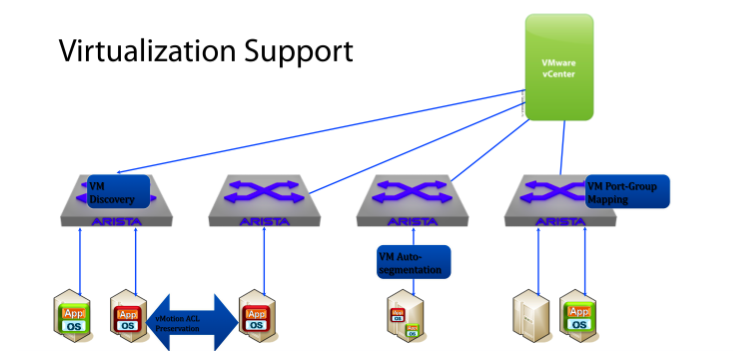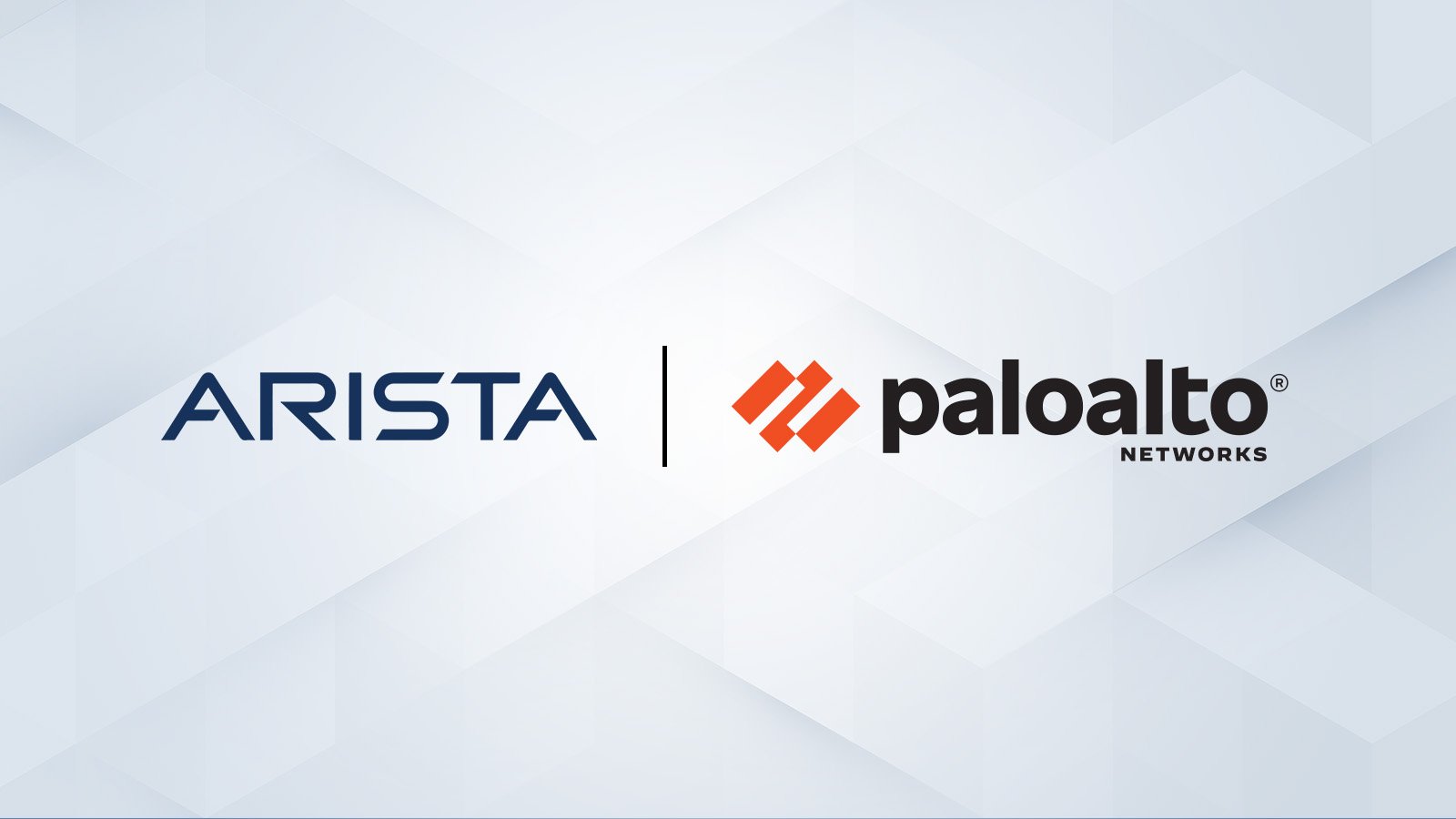Delivering Reliable AI and Cloud Networking
The explosive growth of generative AI and the demands of massive-scale cloud architectures have fundamentally redefined data center networking...
2 min read
/Images%20(Marketing%20Only)/Blog/Jayshree_Ullal_024.png) Jayshree Ullal
:
Aug 24, 2010 2:27:12 AM
Jayshree Ullal
:
Aug 24, 2010 2:27:12 AM

The rise of server virtualization has generated an exponential increase in virtual machines (VM), and in the associated virtual switches (vSwitch) used to manage them at this new network access layer. Yet the methods and tools available to operate and coordinate this new virtual network with the overall physical network are at best cumbersome, and require excessive coordination between the virtualization and network teams.
Today, the virtualization group must configure parameters in the vSwitch that are often controlled by the networking group; such as VLANs, QoS and ACL policies. Any change in the virtual network configuration or policies must be reflected manually in the physical switch configuration for the network to operate, thus introducing yet another possible failure scenario. At the same time, lack of visibility into the vSwitch configuration and operation creates yet another challenge for the network team.
Current solutions from networking companies to these operational issues have focused on trapping and confusing customers in self-serving ways with battles over where intelligence should reside in virtualized environments, and who should control it. We have been coping with convoluted mappings of physical servers and networks with VLANS, vSwitches and VMs. The reality is that the virtual switch is under management (vCenter/vSphere) control in a VMware environment. Additionally, existing network management tools have little visibility into the VMs. The optimal solution is one in which intelligence is distributed among the devices, but managed centrally for smooth integration and operations in a way which leverages the strengths of both the virtualization and network teams.
The operational challenge today of Virtual Machines is epitomized in the frequently used phrase, "Where is that VM running?"
Our alliance with VMware continues to offer pioneering approaches that bring a total view to the virtual environment within the Data Center with the VM being the new atomic unit. Imagine a paradigm in which the management controller, e.g., VMware’s vSphere 4.1, talks to every possible server the VM could be started on and the switch ports were all appropriately and automatically pre-configured prior to a vMotion event.
Last year at VMworld 2009,we demonstrated vEOS - Arista’s virtual appliance, and a new tool for managing virtual to physical network topologies. At VMworld 2010, Arista will demonstrate the next evolution in operational ease of use, VM Tracer, in the Cloud pavilion with our partner CoreLink in their booth. With VM Tracer, customers now have a new tool for Arista switches to facilitate a seamless approach to virtual, physical and cloud networks. Legacy switches meanwhile continue to perpetuate old VLAN concepts in which port policies are defined in a physical LAN switch only - ignoring the needs of the virtual network.
Using Arista’s VM Tracer tool as shown in the following figure, the VM is defined in a management console, such as VMware’s vSphere 4.1, which then directs the hypervisor to create a new VM. The Arista 7000 Family switch subscribes to these VM changes, and via direct API integration learns which network segmentation policy is being applied to this new virtual machine. The Arista switch then applies the appropriate policy to traffic entering the physical network and monitors profiles from vSphere which indicate when the VM has fully moved. This creates an adaptive infrastructure in which the physical network responds to sensed changes in the virtual machine network.

Arista’s VM Tracer is a pragmatic solution to the operational problems caused by the need for complex manual coordination between network and server groups trying to consistently administer both the virtual and physical networks. Interlock between the Arista 7000 family of switches and VMware’s vSphere enables seamless network management of every aspect of the virtual machine from a single console; its name, its location, and relevant profiles.
Welcome to the new world of Virtual Machines – the new atomic unit of Cloud Networking!
References
VM Tracer Press Release

The explosive growth of generative AI and the demands of massive-scale cloud architectures have fundamentally redefined data center networking...
/Images%20(Marketing%20Only)/Blog/VESPA-Launch-Blog.jpg)
The modern enterprise is navigating a profound transformation. The shift to the 'all wireless office' and 'coffee shop type networking', fueled by...

Data centers have evolved into highly distributed, hybrid ecosystems that span private clouds, public clouds, and colocation facilities. This...